N-1 newsletter #2: The week in bicycle tech
Canyon cozies up with REI, inflatable helmets, and rim brakes still aren’t dead
In this week’s tech newsletter:
Canyon partners with REI for in-person customer service.
There are more rim-brake wheels out there than you might think.
OneUp is migrating into the drop-bar world.
Route Werks is thinking big.
A review of Yokozuna Ultimo disc brake calipers.
A preview of a novel inflatable helmet.
Much of the northern hemisphere is dealing with the end of Daylight Savings Time this week. Some might welcome the somewhat brighter mornings that greet them as they wake up each day, but for cyclists, what hits harder are the frustratingly long nights, short days, and cold temperatures, along with seemingly endless indoor sessions as we wait for the Earth to start tilting in the other direction again.
Indoor cycling hardware and software have both thankfully come an awfully long way in the past few years, to the point where even I’ll get on the trainer a couple of times a week if only just to keep the legs moving. It’s hardly a proper replacement, of course, but just like with the real thing, almost never do I hop off and wish I hadn’t done it.
That said, I still ultimately prefer riding outside.
Yep, I know. It’s cold. It’s dark. There might be snow on the ground. And the motivation is often lacking, particularly on days when I’ve just pulled a fresh loaf of pumpkin banana bread out of the oven and my wife has just made a batch of cream cheese frosting. There may be no shortage of good clothing and powerful lights out there these days, but it’s still challenging to open up the garage door and commit to heading out into the winter abyss.
Weekends thankfully remain in the cards for many of us, and provided you’ve got access to suitable terrain safe from motor vehicle traffic (I definitely don’t advocate riding on busy paved roads when the conditions are remotely sketchy) I can attest that riding on snow can not only be super fun, but also really good for honing your handling skills (but perhaps consider a seasonal switch to flat pedals).
Just as there are accountability partners and groups for gym workouts, I’ve found it super helpful to have a few similarly foolhardy friends who are willing to brave winter conditions for regular weekly pedals. My group’s Tuesday evening winter rides often (but not always) require fat bikes given our Rocky Mountain setting, but we’ve done plenty of rides on dry dirt, too. Some of those rides have been bona fide epics and others laughably short, but rarely have at least a couple in the crew not managed to get some kind of ride together.
Point being, we’ve all made a commitment to each other to get as many of us out as possible on a regular basis – weather be damned. I won’t pretend it’s the same level of exercise as we get in the summer months (we meet year-round), but it’s always better than nothing. And let’s be real for a minute here: for a lot of us, one of the things we love most about riding is the camaraderie. For too many, what’s particularly cruel about winter isn’t the lack of activity but rather the social isolation, and sometimes all we really need to lift us up a little is to grab some tacos with friends every few days.
Would you all like some recommendations for winter-specific gear? I definitely have my favorites in terms of lights and clothing – and if you want to chat fat bikes, I’m more than happy to oblige there, too.
I’m not going to do the toxic positivity thing. You don’t have to embrace the cold. You don’t have to embrace the darkness. You don’t have to embrace the snow and ice. If winter really isn’t your thing and you just hate it, I’m not going to stand in your way. But you also don’t have to suffer by yourself.
In the meantime, I hope these weekly tech round-ups will at least keep you informed and maybe even entertained – and FYI, they’ll remain free for all n-1 subscribers.
In the news
Whoa, this is a big one.
German consumer-direct brand Canyon Bicycles has announced a new partnership with US outdoor mega-retailer REI. Under this new agreement, select REI locations will serve as official service centers for Canyon’s complete range of bikes, including warranty claims and crash replacement, effective immediately. REI members will also get a 20% discount off of labor.

Why is this a big deal? Canyon has already been one of the most disruptive brands in recent years – particularly in the US – thanks to its hyper-aggressive retail pricing and broad product range, but the lack of in-person support has arguably been the biggest impediment for many prospective buyers. Canyon had already been working with a few dozen retail “partners” to provide this service, but shifting this to a single, powerhouse entity like REI might not only streamline the process on both sides, but also offer more readily accessible service for more people.
Either way, if in-person support is soon to no longer be a major sticking point for Canyon customers in the US, that’s going to be a big deal.
For now, only a few REI locations in the southern California, Washington DC, and Denver, CO areas are part of the program, but the total will supposedly be closer to 200 by the end of 2025. Bikes will still be sold directly through Canyon’s web site, and at least officially, there are no plans announced for REI to eventually serve as a Canyon retailer.
“At Canyon, we are committed to providing exceptional experiences throughout the customer journey,” said Canyon senior director of customer experience Jaclyn Mayer, via press release.“Working with REI allows us to dramatically expand our service ecosystem, making it easier than ever for our U.S. customers to access high-quality maintenance, service, repairs, and small parts.”
It’s virtually impossible to find a road bike – or any higher-end bike, for that matter – equipped with rim brakes from any mainstream brand; that ship sailed a long time ago, and no amount of effort is going to bring it back to port. However, that doesn’t mean rim brakes are dead. After all, just because they’re not sold en masse doesn’t inherently mean they don’t exist at all.
In fact, rim brakes are not only still with us, but the segment is arguably thriving in certain subsets of bike industry.
For example, Princeton Carbonworks just collaborated with legendary custom frame builder Richard Sachs for a special edition of the brand’s Peak 4550 Evolution aero carbon wheels, emblazoned with the Richard Sachs brandmark in matte cream. The RS Edition Peak 4550 Evolution wheels are functionally otherwise identical to the standard version, including a 21 mm inner width and 28.2 mm external width, and Princeton Carbonworks’ signature 45/50 mm-deep staggered rim profile. They’re tubeless-compatible, of course, but since Princeton Carbonworks thankfully doesn’t drill through the outer rim wall, there’s no rim tape required.
One thing really does set the RS Edition wheels apart: they’re also offered in a tubular version, a configuration Princeton Carbonworks otherwise “took off the menu” for the inline Peak 4550 Evolution.
Built up with White Industries T11 hubs and Sapim CX-Ray bladed stainless steel spokes, claimed weight for a set of RS Edition Peak 4550 Evolutions is 1,365 g for a pair of clinchers, or just 1,195 g for the tubulars. Retail price is a heady US$3,550.
Rim-brake proponents may rightfully celebrate this development, but let’s get real for a moment. Richard Sachs is an icon in the industry, but he still only produces fewer than a hundred bikes per year and Princeton Carbonworks concentrates on the very premium end of the market, so in the grand scheme of things, this collaboration isn’t really going to move the needle a whole lot.
That said, rim brakes are still showing decent signs of life.
Sister brands Rolf Prima and Astral still sell both disc-brake and rim-brake wheels (as do several other smaller labels like Boyd Cycling). In fact, Astral offers nearly its entire catalog in both formats. The overall sales volumes may be small relative to the industry in total, but that doesn’t mean they’re not meaningful.
“Many major brands play the game of planned obsolescence, but reality for the cycling public at large doesn’t follow the same timeframes as mass production,” Rolf Prima and Astral sales and marketing director Loren Mason-Gere told me. “The rim brake worked flawlessly for countless years and it still does. It offers a simple eloquence, an ease of maintenance, and a price point that makes it worthy of continued support and continued production. For those riders, brands, and framebuilders that don’t feel the need to chase the latest and greatest as dictated by major brands, the rim brake will continue to be a viable and worthy option for years to come.
“The more major manufacturers and corporate brands that discontinue rim-brake wheel production, the better. We’ll very happily fill in.”
SRAM’s mid-to-high-end road components have been built around 12-speed cassettes for a few years now, but just like with rim brakes, there’s still an awfully big group of people out there soldiering on just fine with 11-speed stuff – so much so that entire aftermarket ecosystems exist to support it. UK outfit Ratio Technology is one, offering replacement 3D-printed stainless steel ratchet rings that reconfigure older SRAM DoubleTap levers for use with modern 12- and 13-speed drivetrains (and the ones I’ve tried work quite well). OneUp Components – a fixture in the MTB world – is now getting into the game with a new retrofittable paddle remote for use with dropper seatposts.
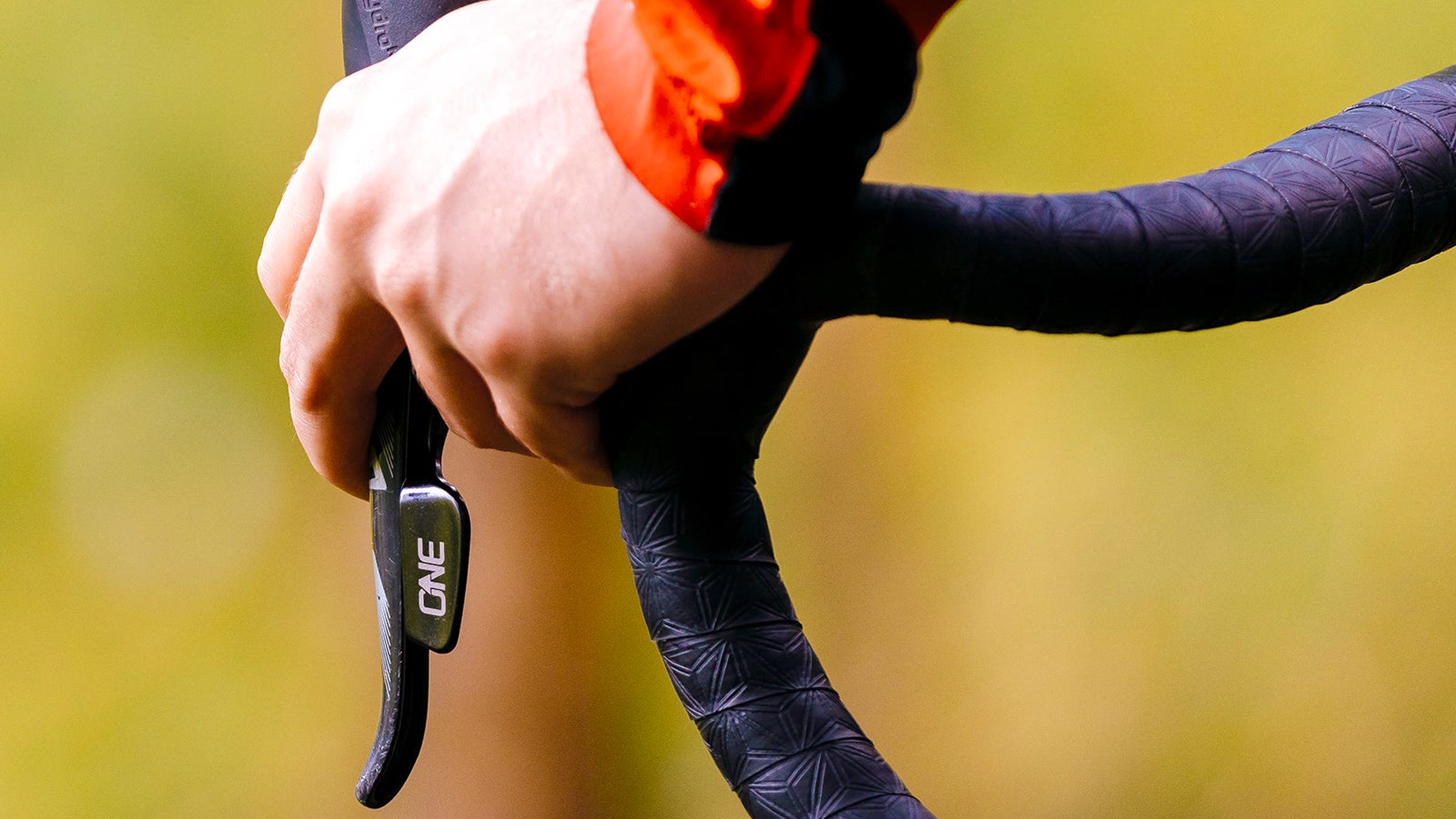
To be clear, stock lefthand SRAM DoubleTap levers already equipped with front derailleur shifting hardware can already be modified to work as a dropper remote. You just remove the unnecessary ratcheting bits and you’re good to go (although this only works with dropper setups that clamp the cable at the post, not the lever). This OneUp kit, on the other hand, can be used on levers that were originally configured specifically for 1x drivetrains and basically have nothing at all inside the bodies (Red/Force/Rival/Apex Hydro R levers), and since the cable clamps at the levers, it offers better compatibility with newer dropper seatpost models.
In typical OneUp fashion, the kit isn’t all expensive – just US$70 / £69 / €77 – and bundles together everything required for the retrofit, including the paddle itself, the return spring, and a cleverly integrated cable tensioner that mimics what Shimano has done on its current mechanical road front derailleurs, which also makes it compatible with fully hidden routing since you don’t need to run an inline adjuster.
Neat.
In less polarizing news, Route Werks is following up on the wild success of its original handlebar bag with a new, larger version called (of course) the Big Handlebar Bag.

This one features the same innovative flip-top rigid plastic lid, quick-release aluminum handlebar bracket attachment, a highly usable rectangular form factor with weather-resistant materials, swappable pucks and attachments for phones, computers, lights, and cameras, lots of pockets and elastic straps for sorting and securing gear, and available small parts so you can fix it instead of throwing it away when something minor goes wrong. But as the name implies, the new Big Handlebar Bag increases the internal volume by nearly double – 6 vs. 3.2 L – there are now three swappable pucks up top instead of one (plus the same optional stubs on the sides), and Route Werks is also adding configurable inserts for stuff like camera gear.
Unfortunately going along with that increased volume and functionality is increased mass, and the original wasn’t exactly a featherweight. That said, given the additional space, the claimed weight of about 850 g isn’t as big a gain as I had anticipated. It’ll still be quite expensive, though, with a retail price of US$230 including the quick-release handlebar base and single side-mounted stub.
Route Werks doesn’t have these in production yet, and is currently launching on Kickstarter. I’ve been promised a test sample as soon as they’re available, so stay tuned for a proper review.
TL;DR review: Yokozuna brake calipers
Following up on the Microshift Sword mini-groupset review I posted last week, I figured the Yokozuna Ultimo brake calipers I paired with it were worthy of a separate write-up.
Much as disc brakes have swamped rim brakes in general, fully hydraulic systems comprise the lion’s share of the disc-brake market, especially since economies of scale have brought retail prices down as low as about a hundred bucks for a complete front and rear set (including pads and rotors). However, cable actuated disc-brake calipers still have their fans, largely for their greater serviceability (particularly out in the field). It’s also worth mentioning that some riders just prefer the feel – and perhaps the physical connection – of a cable actuated system.
The Yokozuna Ultimo calipers are a rebrand of the Juin Tech GT, a hybrid design whereby a conventional steel cable is connected to a lever arm that then actuates a closed mineral oil-based hydraulic system. Unlike the older two-piston Yokozuna Motoko calipers (which are, in turn, a rebrand of the Juin Tech R1), the Ultimo is a four-piston design that also uses larger brake pads (Shimano Saint/Zee-standard) for more stopping power.
They’re impressively compact and also quite light at just 141 g per caliper, but also expensive at a substantial US$330 / AU$415 each. Yokozuna at least includes a cable and a generous length of its truly superb Reactor compressionless housing, as well as a 160 mm-diameter six-bolt rotor with removable aluminum heatsinks and an awful lot of mounting hardware. Yokozuna offers the Ultimo for both post-mount and flat-mount interfaces, although the cable pull ratio is only compatible with drop-bar levers.
As promised, the Ultimos are very easy to set up. As I typically do with any cable-actuated caliper, I mounted and aligned these by themselves first, and then hooked up the cable afterward. Pad clearance is about average (more on this in a bit), and the caliper’s small form factor makes it easy to fit them into tight spaces. The micro-adjustable lever arm eliminates the need for an inline adjuster, and the housing stop is nicely situated so it plays well with internal frame ports, although the extreme stiffness of the Reactor compressionless housing can be tricky to route through tighter bends.
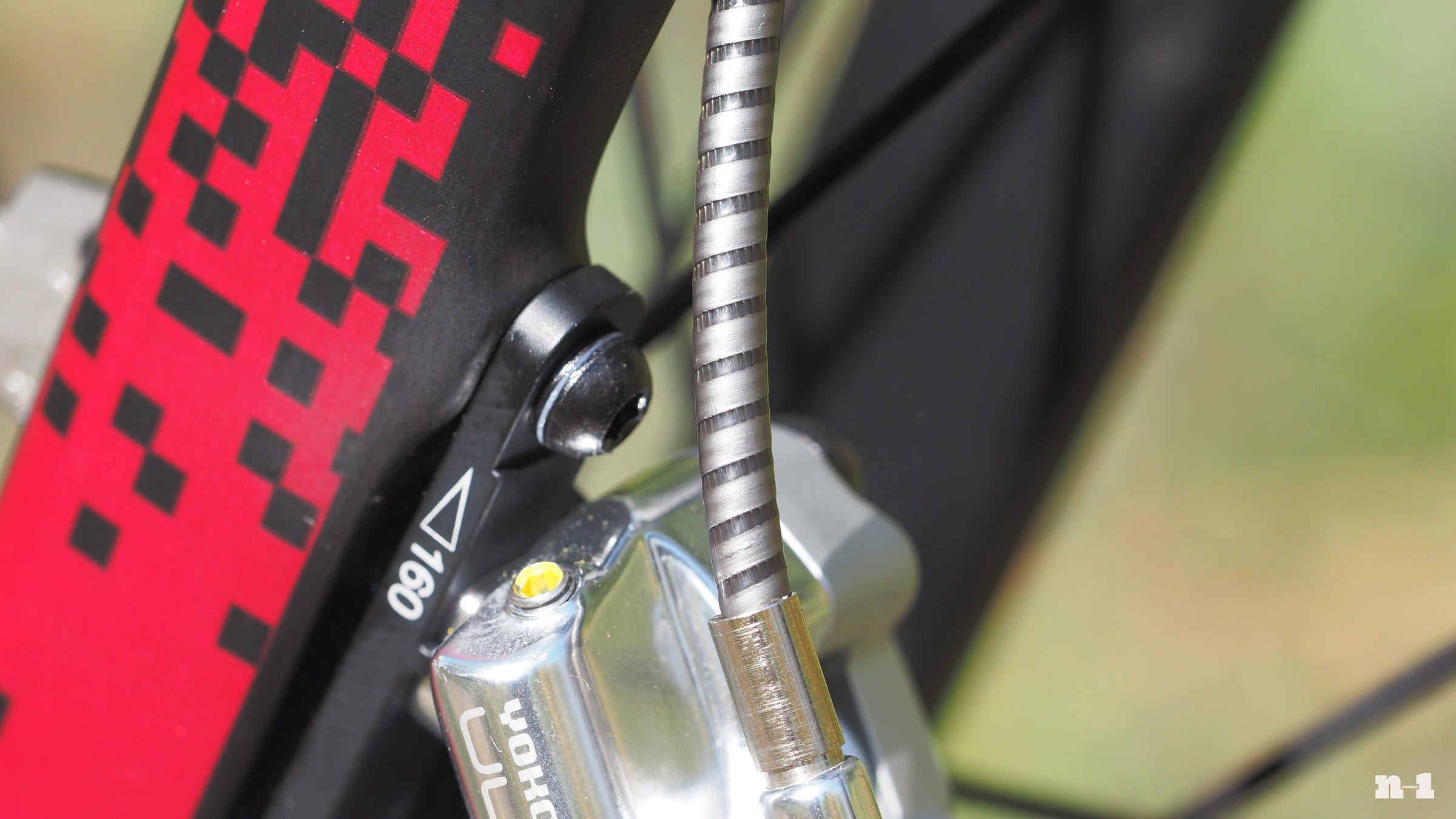
It’s out on the road or trail where the Ultimos really stand out. The draw of hybrid mechanical/hydraulic calipers is that they offer the serviceability of the former but the superior performance of the latter, and these come pretty close. The overall power doesn’t quite rival a good full-hydraulic system but is excellent nonetheless, and easily surpasses any fully mechanical calipers I’ve used (the Growtac Equals are still on my to-do list, FYI). Lever feel is pretty good, too, with a low-friction (albeit fairly high-effort) pull and a well-defined contact point with just the right amount of squish from there. Modulation could be better – I find them a bit grabby – but it’s not overly objectionable, and the stock organic-compound pads are nice and quiet.
That hybrid format does have its quirks.
The closed format means the Ultimo doesn’t automatically account for pad wear, but that’s admittedly a quick-and-easy job with the onboard adjuster knob. More concerning is the small fluid volume, which combines with mineral oil’s lower boiling point relative to DOT fluid to make me wonder how these would hold up to truly demanding conditions. In fairness, I never encountered any heat-related issues during testing myself – even with the long descents I have here in Colorado – but I also weigh a fairly modest 161 lb (73 kg) and don’t do any loaded touring.
More worrisome is the complete lack of company support in terms of servicing the hydraulics. Yokozuna claims the fully sealed system requires no maintenance whatsoever for the life of the caliper, and while two bleed ports are clearly visible, there are no instructions offered whatsoever. In fact, Yokozuna even dabs a bit of yellow paint on the the ports’ grub screws so it can see if anyone has attempted a DIY job; doing so voids the warranty.
Consider my warranty voided, then, because one of my test calipers arrived filled with too much fluid, which yielded noticeably less pad clearance as compared to the other brake. Bleeding off a few drops of mineral oil (while pushing the pistons back into the caliper body) did the trick nicely, and the process took just a couple of minutes.

I also spotted the slightest hint of oil on the back of one of the pads. This didn’t appear to actually be a leak as neither caliper showed any sign of hydraulic failure during testing, but it’s not the sort of quality control I like to see regardless. If Yokozuna is going to insist that customers not attempt any at-home service, every caliper at least have to be delivered in truly ready-to-run condition, and these left a little to be desired.
And if I really want to nitpick, while I love the available polished silver finish, I don’t like how only the outer half of the body is polished. The inner side has more of a matte treatment, and the black hardware doesn’t help, either.
Overall, I’d say if you’re dead-set on mechanical disc-brake calipers, the Ultimos have a lot to offer strictly in terms of performance with excellent power, good modulation, a lightweight and compact form factor, readily available replacement pads, and easy setup. However, the inability to service the calipers themselves at home takes away a lot of the DIY maintenance argument that’s normally associated with cable-actuated brakes, and the spotty QC only compounds the issue.
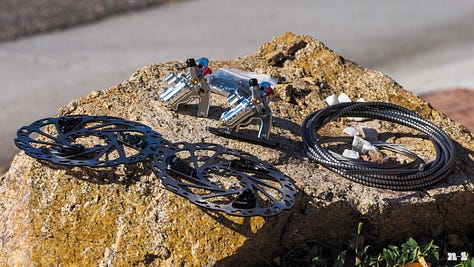

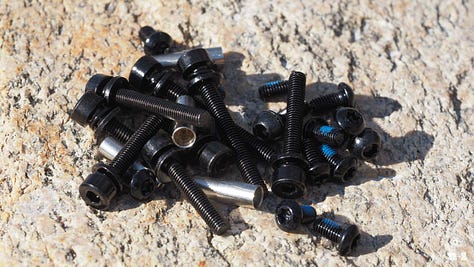

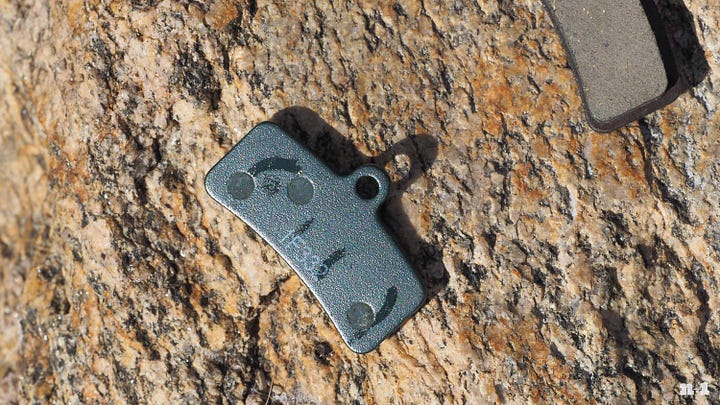
Hack of the week
Speaking of OneUp Components, I’m a big fan of that brand’s EDC mini-pump for trail riding. The clever design features a hollow, large-diameter barrel that houses an optional feature-packed multi-tool with seemingly every function you could ever commonly need (including a chain breaker, tire lever, tubeless plug kit, and spoke wrenches). The pump itself is even surprisingly good, and the head doubles as a CO2 inflator.
However, I’m also a big fan of Dynaplug’s tubeless plugs and tools, and OneUp’s kit instead uses the common “bacon strips” that just aren’t as good. I’ve found aftermarket kits that adapt the OneUp for use with Stan’s Dart tubeless plugs, but not for Dynaplug.
As it turns out, that’s because there’s no adapter needed.

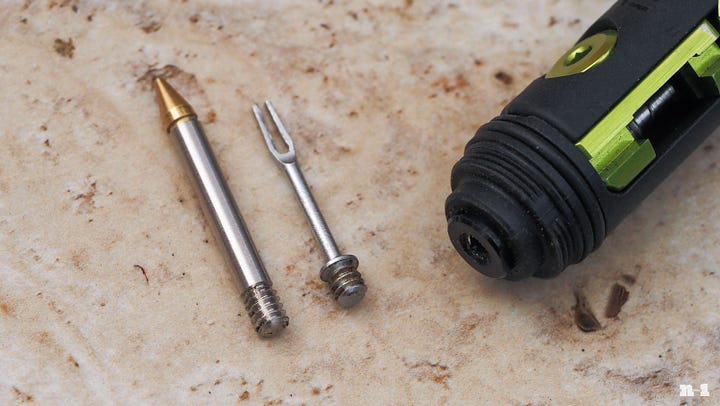
Much to my delight, Dynaplug’s standard single-sided insertion tube is a direct fit as is, meaning you simply have to unscrew the bacon strip fork from the OneUp handle and screw in the Dynaplug part. Problem solved!
And mind blown.
I can’t take credit for this one. Big thanks to Reddit user “melon-lord-momo” for putting this discovery out into the world.
Incoming
I’ve tested an awful lot of helmets in my day, but the AH-1 from startup Swiss brand Ventete unquestionably takes the prize for the most… unusual.
Nearly every bicycle helmet currently on the market uses some combination of expanded polystyrene foam and plastic honeycomb-like sheets to absorb impact energy. In contrast, the AH-1 is basically a “triple-laminated, high-tenacity nylon” shell filled with nothing but air, reinforced with an array of glass fiber-reinforced plastic ribs, and lined with Rheon rate-sensitive padding that provides both a measure of comfort and some protection against rotational forces.
That’s right; the AH-1 is an inflatable helmet. And yes, it’s actually certified and available for sale in the UK and EU, although it isn’t currently listed in the Virginia Tech database (US and AU certifications are supposedly pending). But should the concept be all that wild? Nearly all of us now have airbags in our cars and trucks, no?
Regardless, portability is the main draw here, as the AH-1’s fan-like collapsible structure folds completely flat when deflated so it can be easily carried in a backpack, briefcase, or what have you. Ventete includes a NanoFumpa rechargeable electric mini-pump and there’s a visual indicator built right into the back of the helmet for (sort of) foolproof inflation, and the strapping arrangement manages to incorporate a height-adjustable cradle despite its minimalist design.
I haven’t ridden this yet (it only just showed up the other day), but it certainly is interesting. It’s heavier than I would have guessed at 464 g for a medium size (actual weight), but on the plus side, it’s not nearly as weird-looking as I’d anticipated. It’s also pretty comfortable to wear (at least in my living room) although the ventilation looks to be rather lacking and the valve design leaves a lot to be desired.
The £350 retail price is unquestionably steep for such a niche product, but color me intrigued.
In the works
I clearly need to start typing faster because the list of review product is starting to get a little long (and my garage a little too full).
Prompted by requests after last week’s tech round-up, I now have an Enve MOG gravel bike inbound. It hasn’t shown up yet, but I’m told it’s built with a SRAM Transmission mullet groupset and – of course – Enve carbon wheels. This bike has been on my radar since it was first announced early last year, so it’ll be good to see what this thing is all about. Give me a few weeks before I’ve got this review ready to publish, and let me know what questions you have about it in the meantime.
Hitting the screen far earlier than the MOG will be a review of the Revel Rascal. Revel is a boutique bike brand out of Carbondale, Colorado, and the Rascal is its recently revamped do-it-all full-suspension 29er with 130 mm of travel out back paired to a 140 mm-travel fork. My particular test sample is a custom build fitted with a SRAM XX Transmission drivetrain, SRAM Level Ultimate Stealth four-piston hydraulic disc brakes, Zipp 1ZeroHiTop SW carbon wheels, and RockShox Flight Attendant electronic suspension bits, which automatically adjust the compression valving based on the terrain.
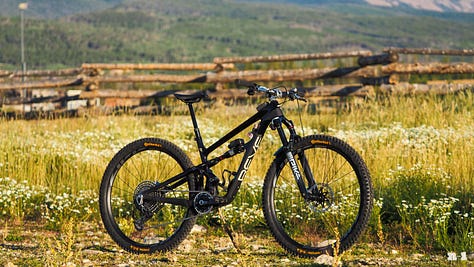


This is a bike I’ve actually been riding for much of the summer, and there’s certainly a lot to talk about here so I’ll get this one up sooner than later. Stay tuned.
Alright, that’s it for this week’s n-1 tech newsletter! Just to reiterate, this weekly tech round-up will always be available to everyone, and you can also access by directing heading to n-1 from any browser window.
I’m also still looking for suggestions on what I should call this thing! Let me know your thoughts on that in the comments, and your feedback on this newsletter in general. Too long? Not long enough? Would you prefer that I split it up into smaller pieces?
My next post will go up on Tuesday, and until then, I hope everyone has a wonderful weekend.
James
P.s. If you like what you see here, consider telling a friend. Because bike nerds need to stick together.




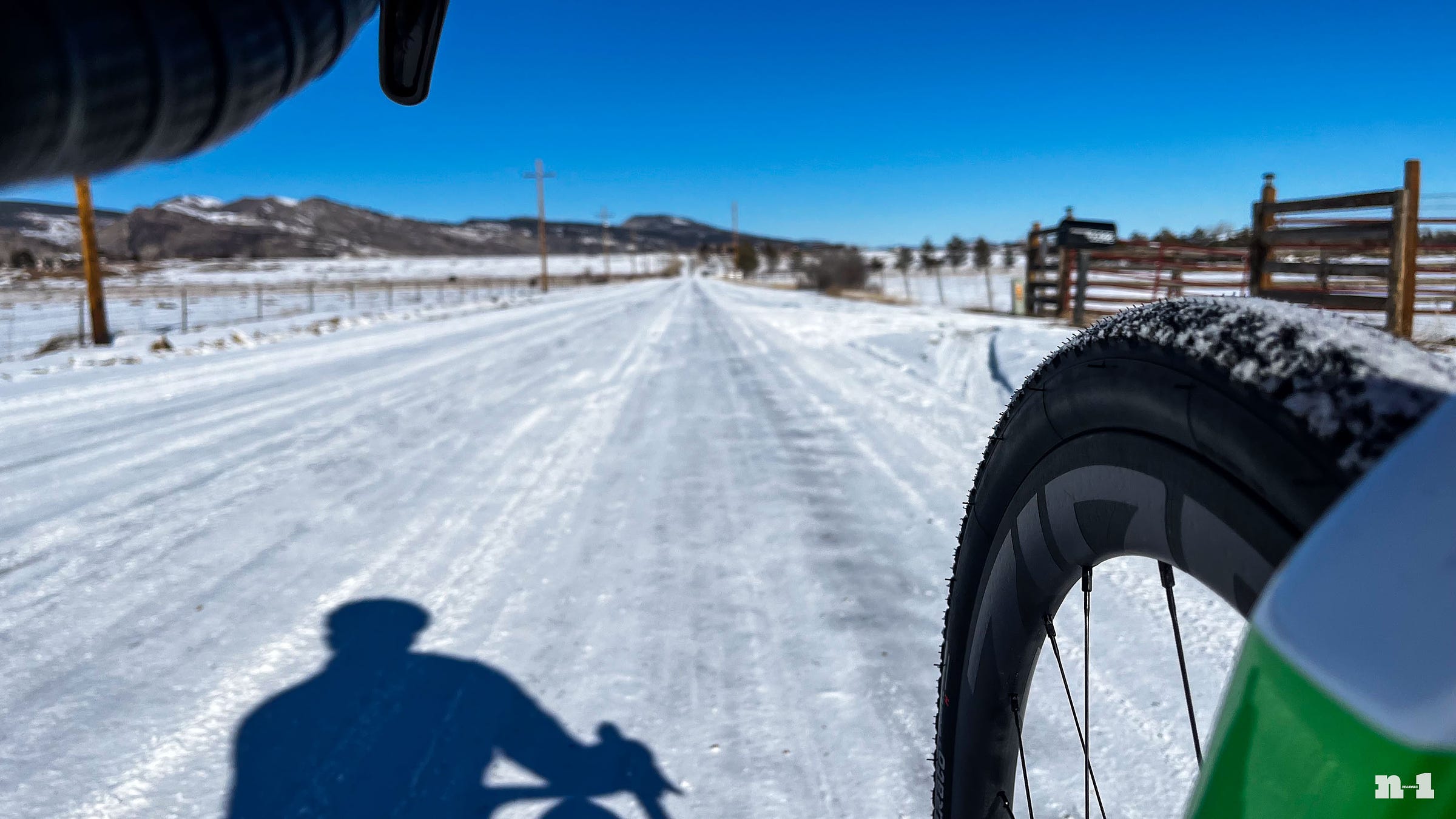
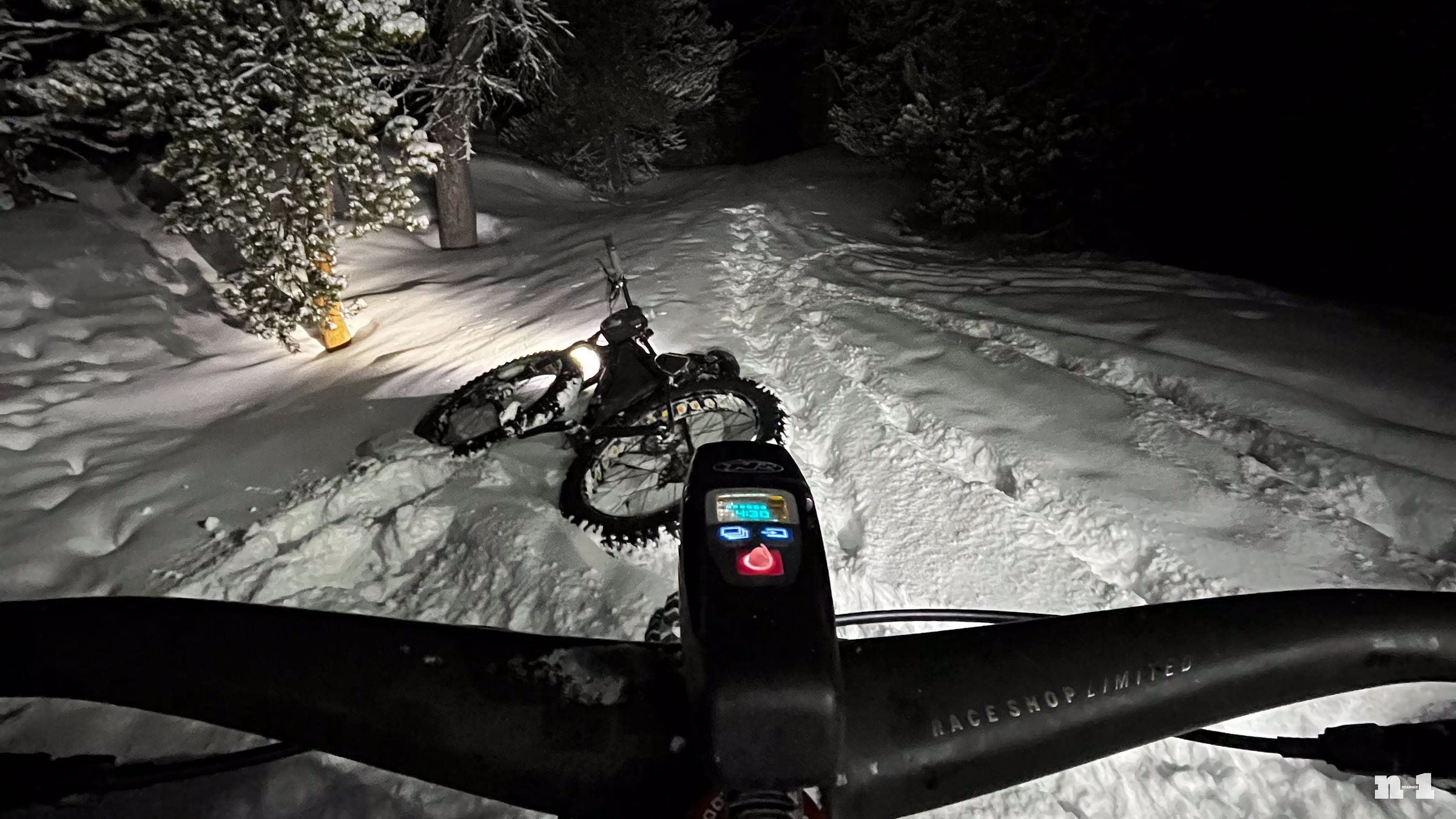
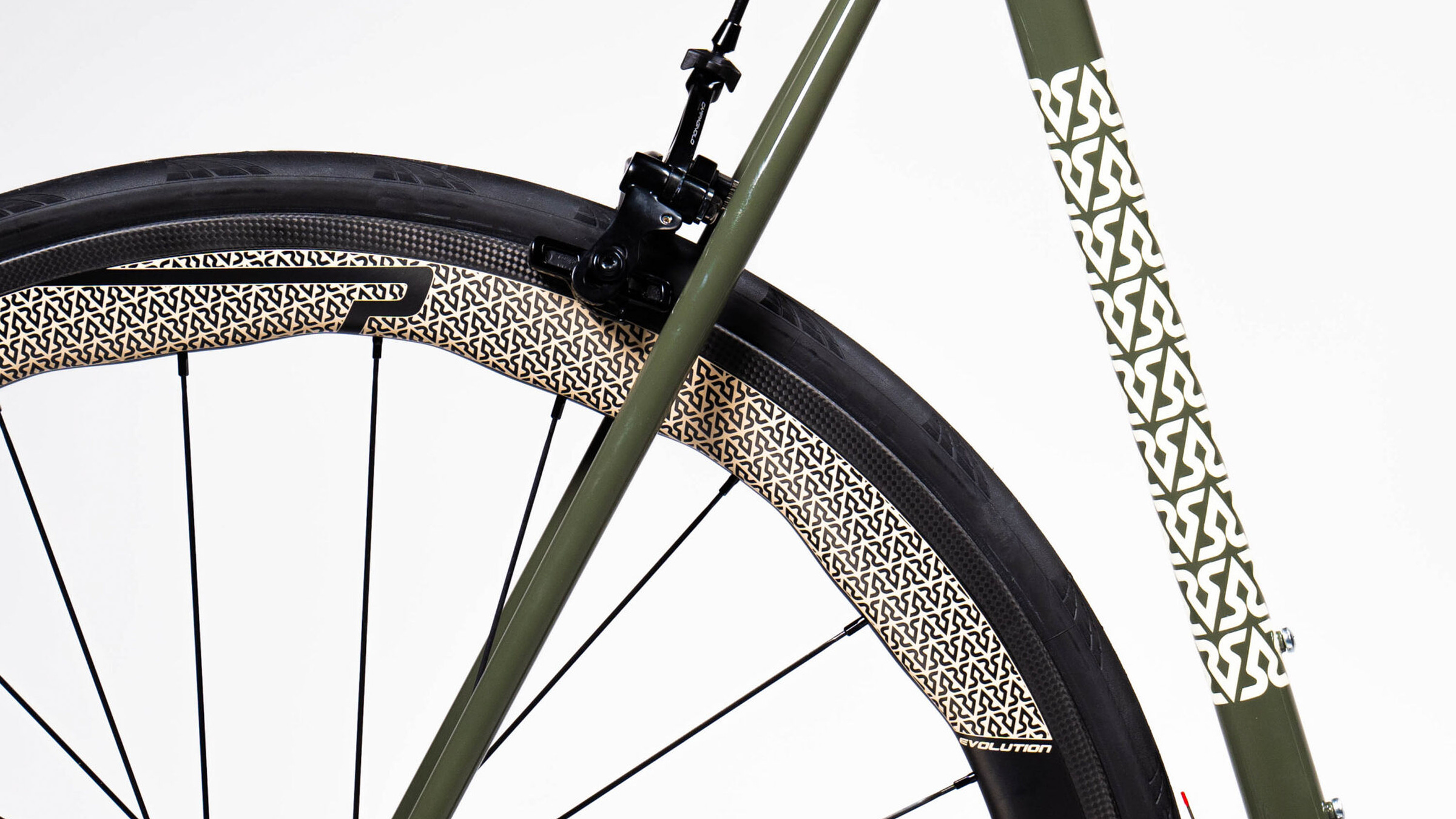
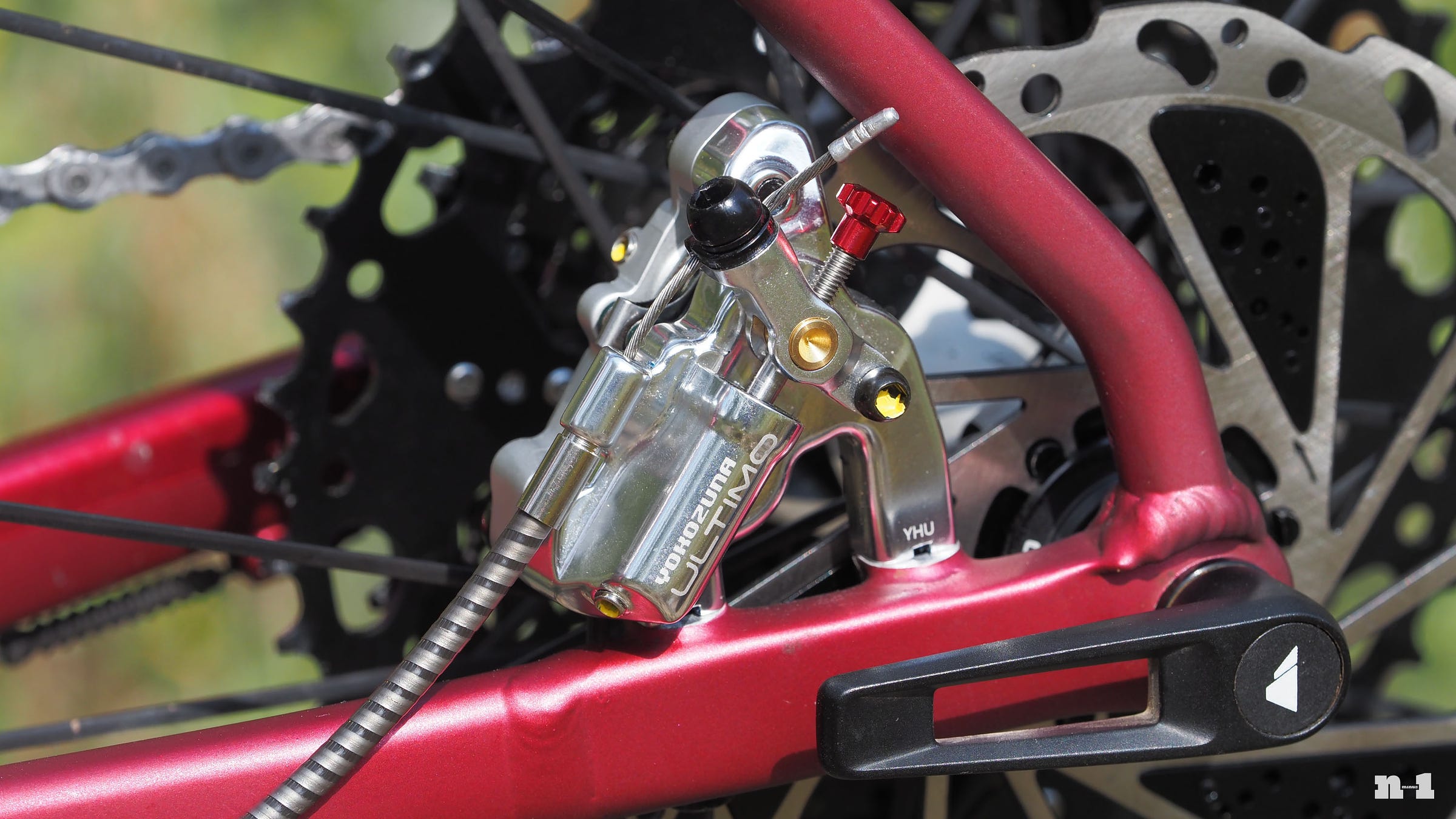
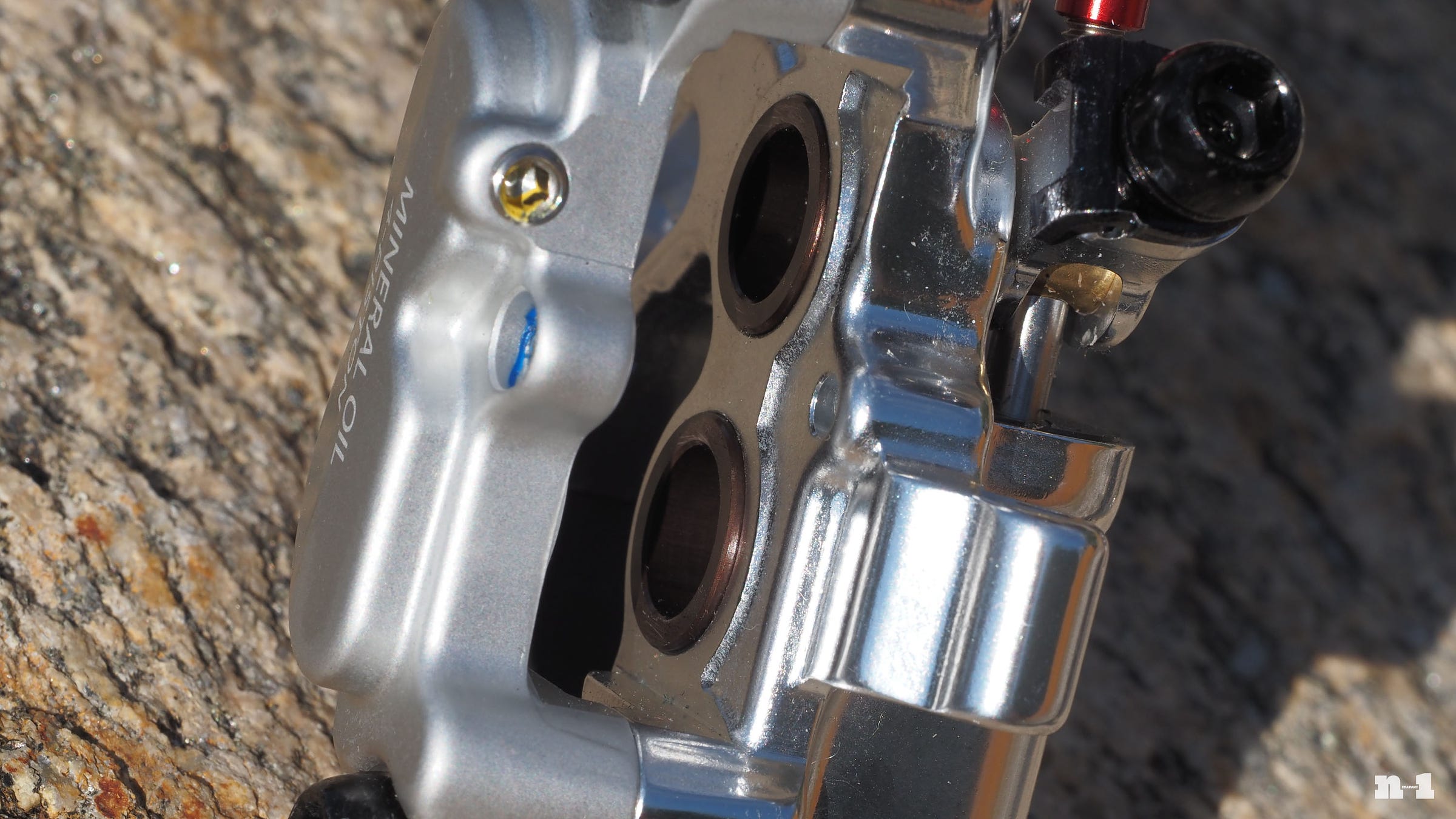

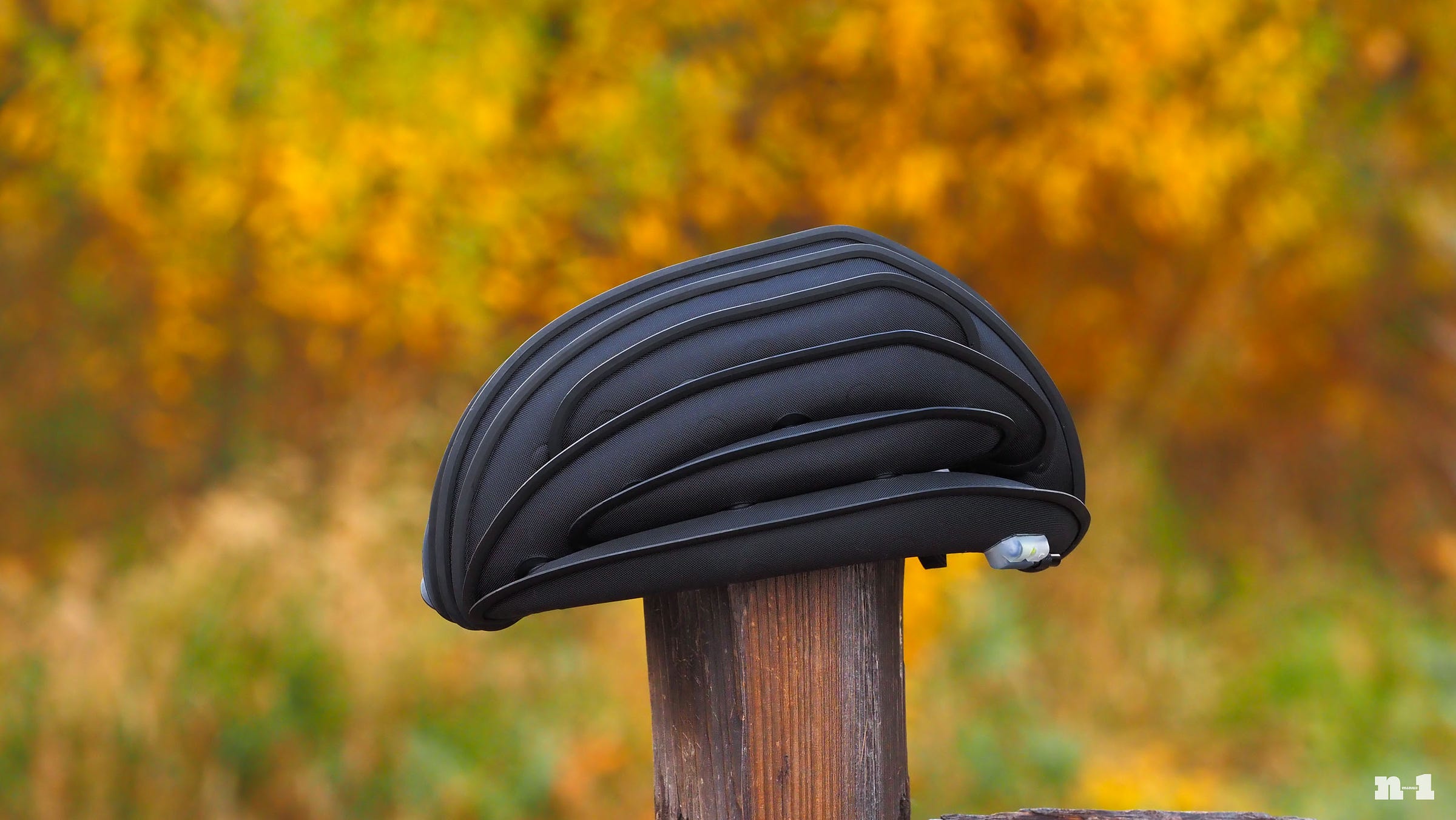
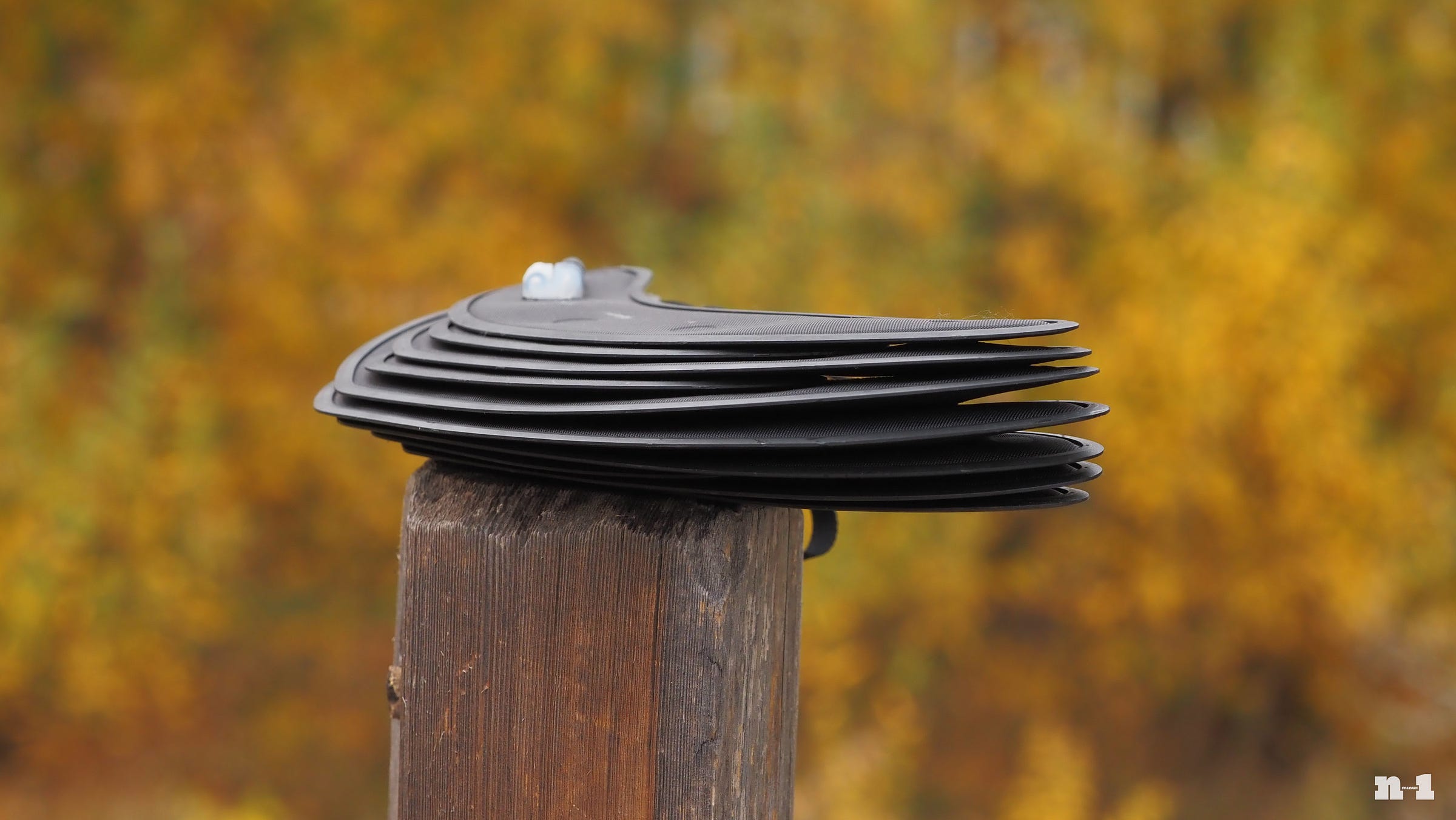
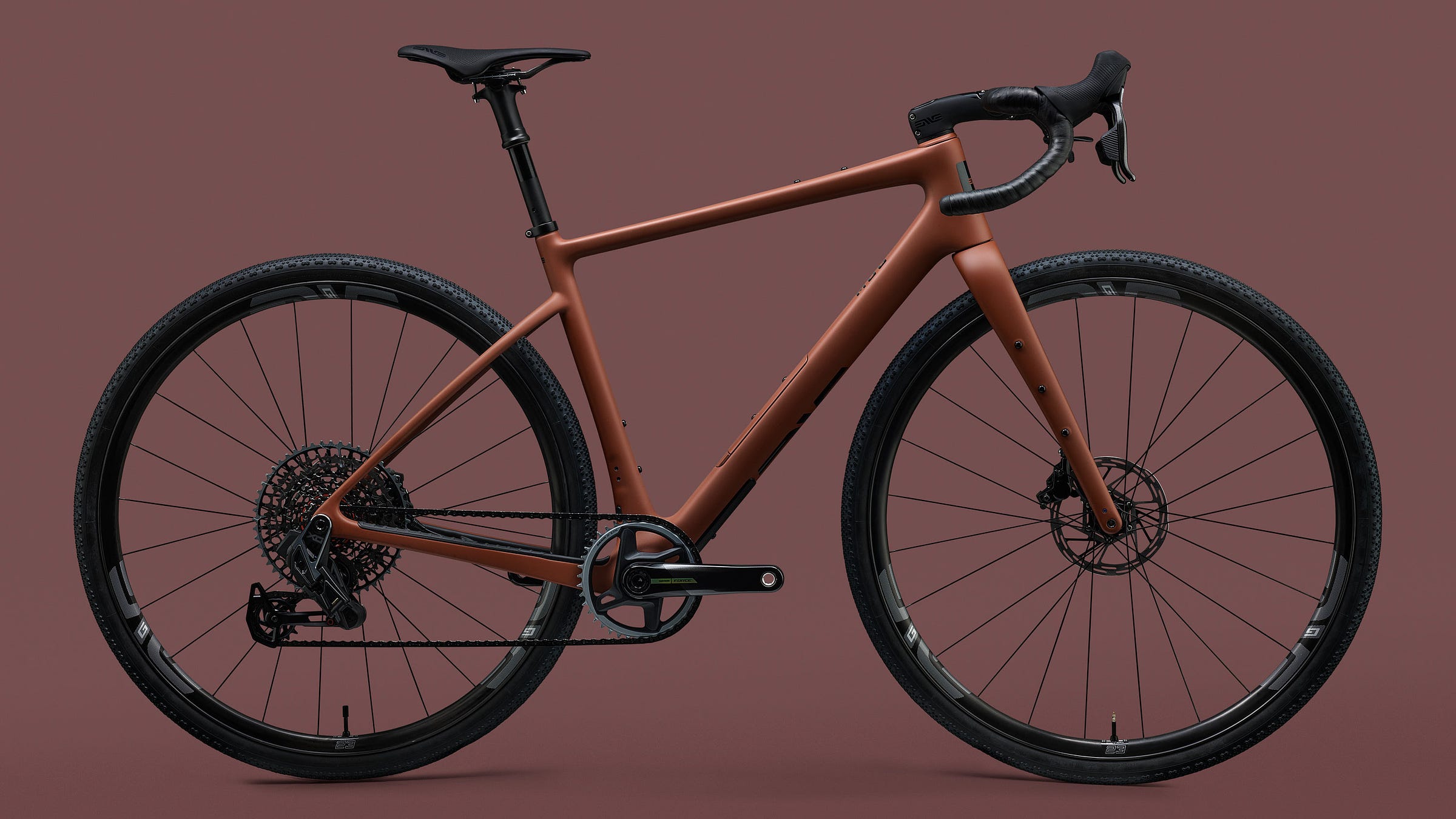
The dynaplug / oneup hack is a game changer thank you!
I think that it will take a lot to convince me that an inflatable helmet is a good idea. What if your helmet gets a flat mid-ride?